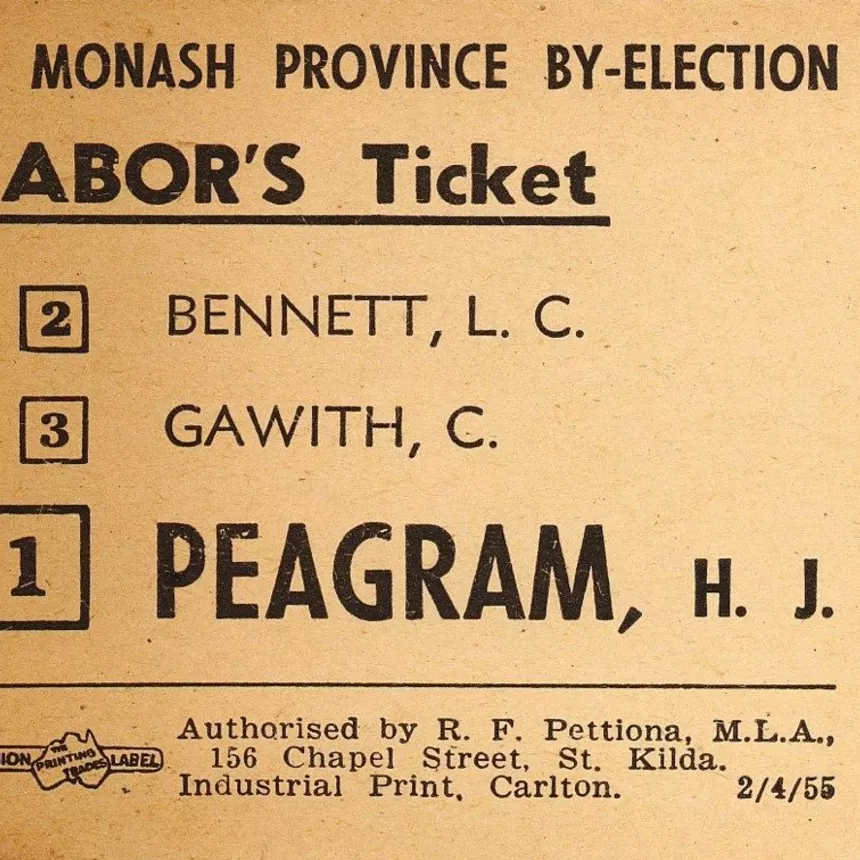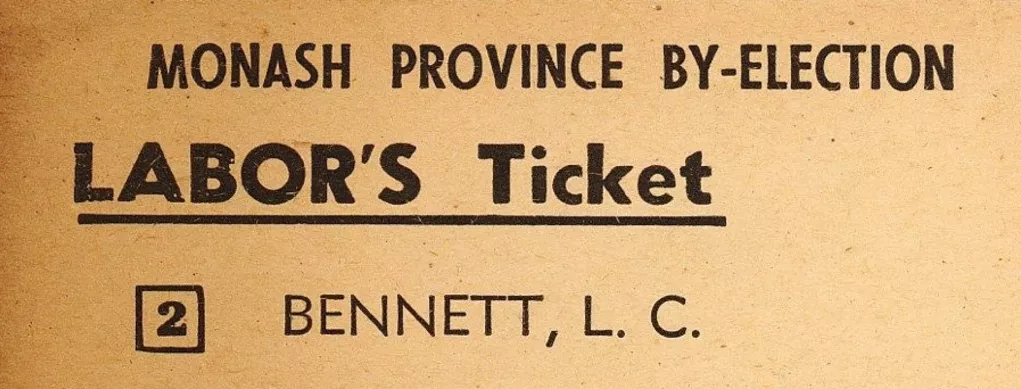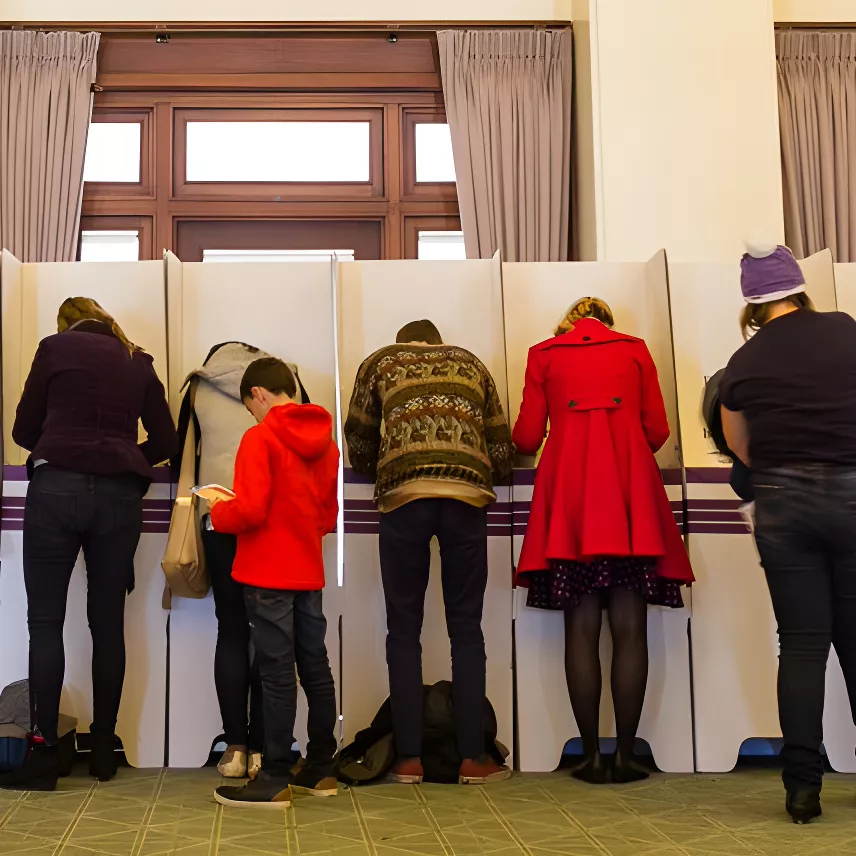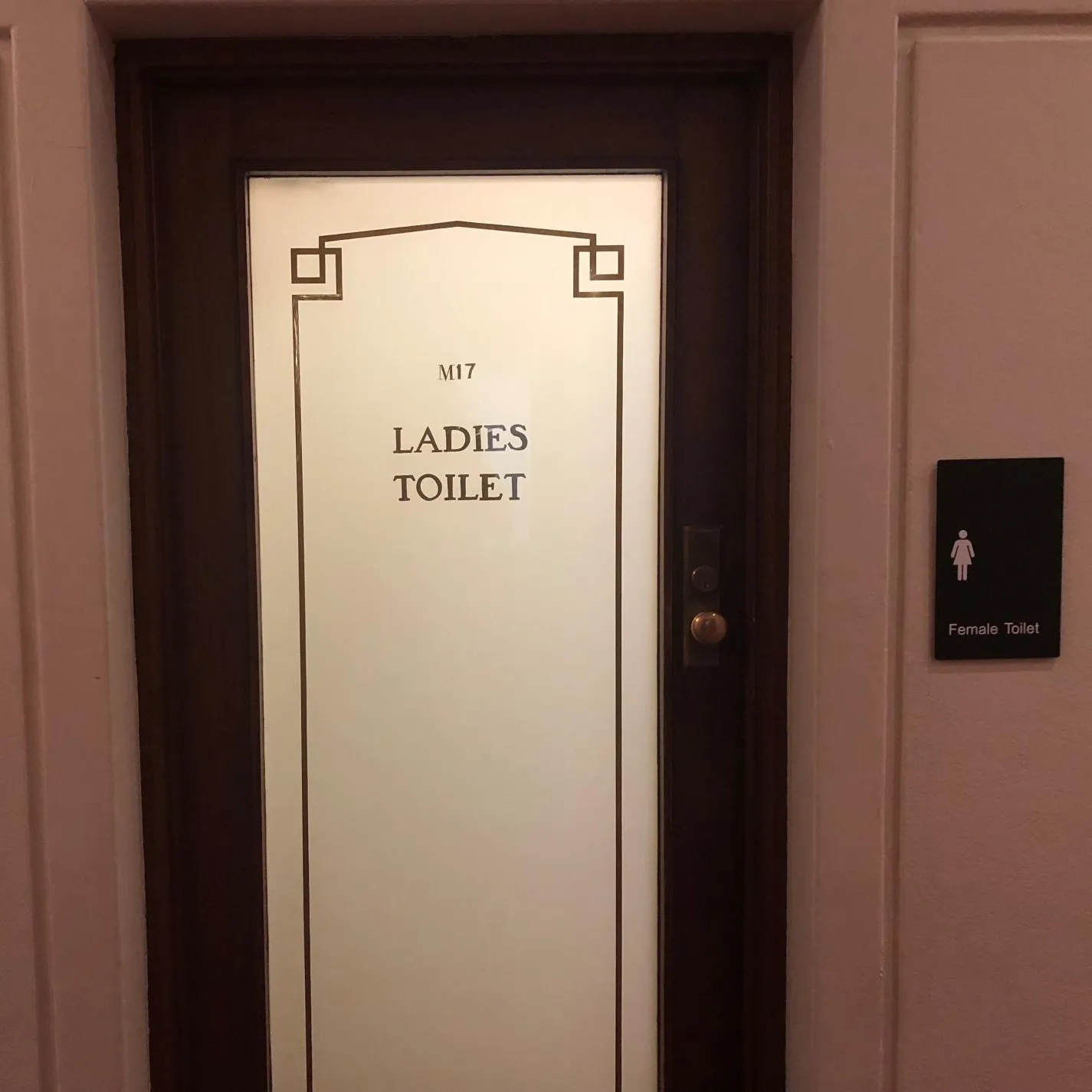By-elections in Australia
- DateMon, 21 Sep 2015
By-elections are called when there is a need to replace a member of the House of Representatives who has resigned or died.
The by-election conducted on Saturday 19th September for Canning, in Western Australia, was brought about by the passing of Don Randall who held the seat from 2001 until his death on 21 July 2015.
Since the first Federal Parliament was convened in 1901, there have been 146 by-elections, including Canning. (Note: Since publication of this article in 2015, there have been several more by-elections in Australia. For example, on 20 October 2018, the voters of Wentworth went to the polls for a by-election after the resignation of Malcolm Turnbull following a Liberal party leadership spill.) Seventy-two have been necessitated by the resignation of a member and 68 by death.
The other six by-elections since 1901 have been held because a member has been disqualified or expelled or, on four occasions, because an election has been declared void.
By-elections nearly always involve 'protest votes' against the government. The famous exception to this rule took place in 1920 when Labor MP for Kalgoorlie, Hugh Mahon, was expelled from parliament for 'seditious and disloyal utterances at a public meeting' where he had described the British Empire as 'a bloody and accursed despotism'. The governing Nationalist Party won the seat from Labor.
By-elections can yield remarkable results. In 2002, following the resignation of Labor's Member for Cunningham, Michael Organ won the by-election for the Australian Greens, thus becoming the first Green in the House of Representatives.
In 1995, Liberal Brendan Smyth won the by-election for Canberra with a 16% swing. In Brisbane, a similar result was obtained in 2001 by Labor's Leonie Short who won the formerly blue-ribbon Liberal seat of Ryan with a 9.7% swing in the two-party vote.
By-elections can also point to the end of a government. This happened in the by-election for Bass in Tasmania in June 1975. Labor's Lance Barnard had held the seat very comfortably for 20 years. Following his resignation, the by-election produced a shock victory for the Liberal candidate, Kevin Newman, who won 60% of the two-party vote. Labor's vote dropped by 17%, and commentators saw this as the beginning of the end for the Whitlam government. Barnard had been Whitlam’s deputy prime minister from 1972 to 1974.
Of the 44 Parliaments convened since 1901, only four have not experienced by-elections during their term. They are the 9th Parliament (1922-25), the 18th (1946-49), the 19th (1949-51) and the 43rd (2010-13).
The most by-elections held during a Parliament was from 1951 to 1954, the 20th Parliament, when ten by-elections were held. Nine were necessitated by deaths and one by resignation.
By-elections are called by the speaker of the House of Representatives, after receiving a formal resignation letter or notice of a death. The speaker also sets the date. If a general election is scheduled around the same time, then a by-election is usually not called.
By-elections always happen on a Saturday and according to the Australian Electoral Commission 'the guiding principle in fixing the date of a by-election has always been to hold the election as early as possible so that the electors are not left without representation any longer than is necessary'.









